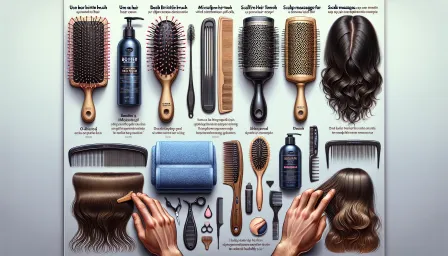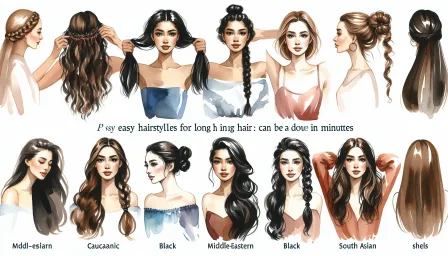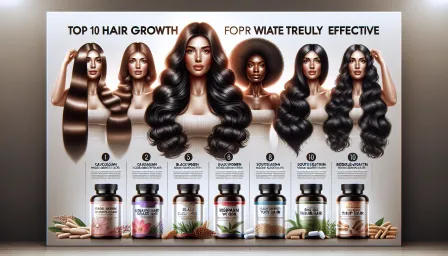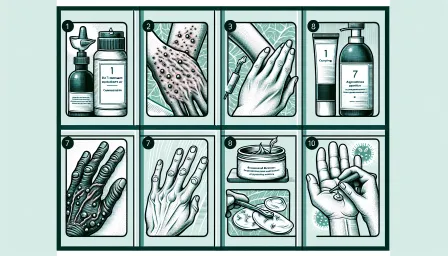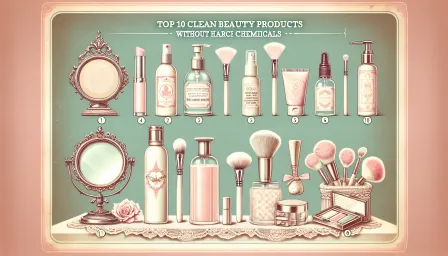Top 10 Thinning Hair Treatments for Men: Effective Solutions Revealed
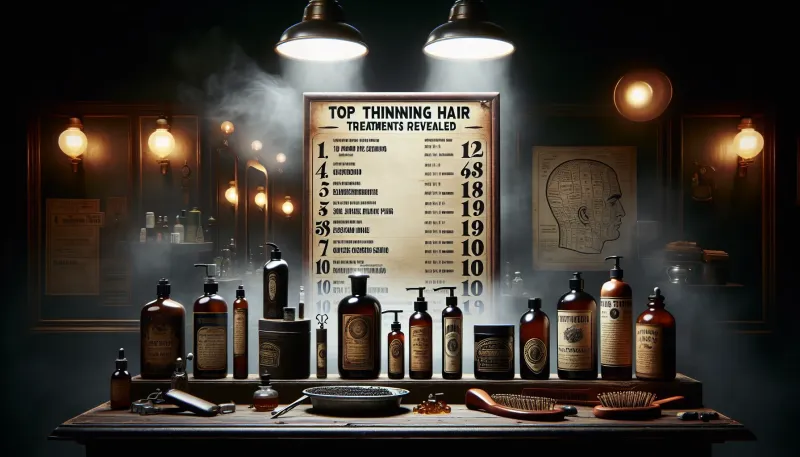
Discover the top 10 thinning hair treatments for men. Learn about effective and scientifically-backed solutions to combat hair loss and promote healthy hair growth.
Thinning hair is a common concern for many men, affecting self-esteem and confidence. Fortunately, there are numerous treatments available that can help mitigate hair loss and promote regrowth. In this article, we’ll explore the top 10 thinning hair treatments for men, offering scientifically-backed solutions for healthier, fuller hair.
Understanding Thinning Hair
Hair thinning can result from various factors such as genetics, hormonal changes, nutritional deficiencies, and lifestyle choices. Addressing the root cause is crucial for effective treatment. Below, we delve into the best treatments available today.
1. Minoxidil
Minoxidil is a widely-used topical treatment that has been approved by the FDA for treating hair loss. Available in both foam and liquid forms, minoxidil works by increasing blood flow to hair follicles, stimulating growth and extending the growth phase of hair. Regular application is needed for optimal results.
2. Finasteride
Finasteride is an oral medication that reduces the production of dihydrotestosterone (DHT), a hormone linked to hair loss. Clinical studies have shown that finasteride can significantly slow hair loss and even promote regrowth in some men. However, it is essential to be aware of potential side effects.
3. Platelet-Rich Plasma (PRP) Therapy
PRP Therapy involves injecting platelet-rich plasma derived from your own blood into the scalp. This treatment promotes healing and cellular regeneration, which can lead to the growth of new hair. PRP therapy is gaining popularity due to its natural approach and promising results.
4. Hair Transplant Surgery
Hair transplant surgery entails moving hair follicles from a denser part of the scalp (donor area) to the thinning or balding areas. Techniques like Follicular Unit Transplantation (FUT) and Follicular Unit Extraction (FUE) have advanced precision, offering natural-looking results.
5. Low-Level Laser Therapy (LLLT)
LLLT uses red light lasers to stimulate hair growth and improve hair density. Devices such as laser combs and helmets are designed for home use, providing convenient and non-invasive treatment options. Research suggests that consistent use can yield positive outcomes.
6. DHT-Blocking Shampoos
DHT-blocking shampoos contain ingredients like ketoconazole, caffeine, and saw palmetto that help reduce the impact of DHT on hair follicles. While not as potent as prescription medications, they can complement other treatments and contribute to a healthier scalp environment.
7. Nutritional Supplements
Nutritional supplements formulated with vitamins and minerals essential for hair health can play a supportive role. Key ingredients to look for include biotin, zinc, iron, and vitamins A, C, and E. These nutrients help ensure that your body has the tools needed for optimal hair growth.
8. Scalp Micropigmentation (SMP)
Scalp Micropigmentation is a non-surgical treatment that involves applying pigment to the scalp to create the appearance of fuller hair. It’s a suitable option for those who prefer a shaved or buzzed hairstyle and want to enhance the visual density of their hair.
9. Essential Oils
Essential oils like rosemary, peppermint, and lavender have been studied for their potential to promote hair growth. These oils can be massaged into the scalp, often mixed with a carrier oil, to improve circulation and stimulate hair follicles.
10. Stress Management Techniques
Stress management is crucial as stress is a well-documented trigger for hair loss. Practices such as yoga, meditation, and regular exercise can help reduce stress levels, thereby supporting overall hair health.
Conclusion
Thinning hair is a multifaceted issue that requires a well-rounded approach to manage effectively. From FDA-approved medications like minoxidil and finasteride to newer treatments such as PRP therapy and LLLT, there are many options available. Combining these with lifestyle changes and supportive therapies can provide the best chances for maintaining and regaining a fuller head of hair. Consult with a healthcare provider to tailor a treatment plan that best suits your specific needs and circumstances.





